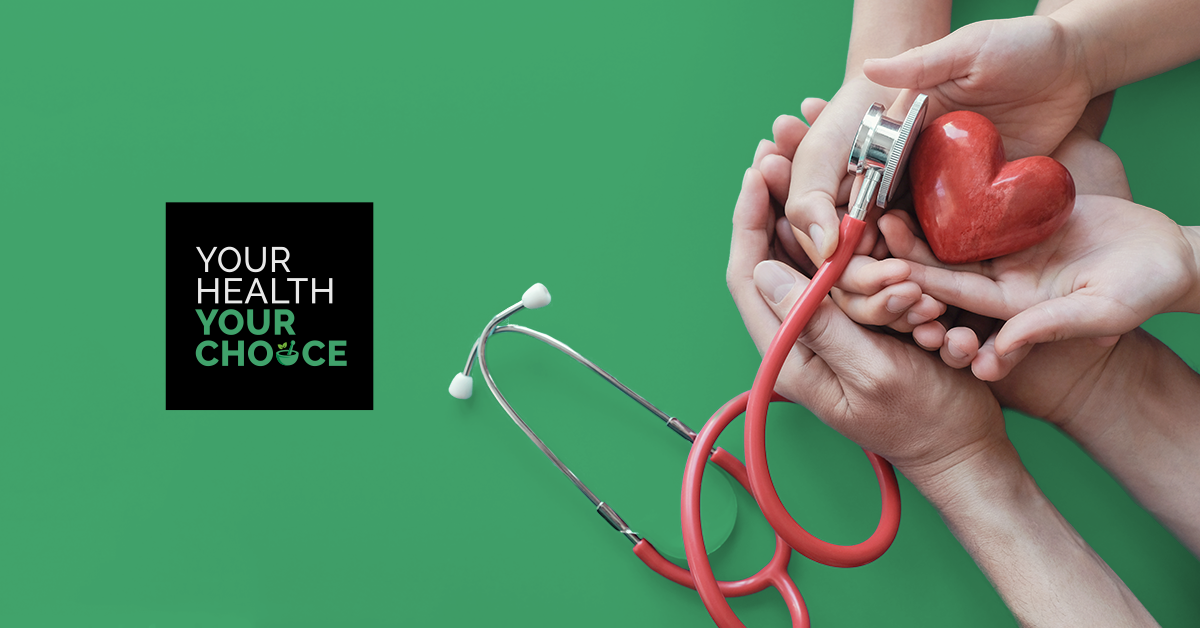Use of complementary medicine by Swiss paediatricians

IN SWITZERLAND, complementary medicine (CM) is popular and officially recognised within the healthcare system.
As in many other countries (including Australia), there is high demand for and use of CM with children. A recent survey of CM use amongst Swiss paediatricians has reported a generally positive attitude towards CM, with strong interest in CM training and a willingness to contribute to CM research.
The survey also reported a high rate of paediatricians who use CM for themselves and their families.
In Switzerland, CM is mainly practised in an integrative manner alongside conventional medicine, with a number of CM therapies (traditional Chinese medicine, herbal medicine, homeopathy and anthroposophical medicine) covered by mandatory basic health insurance when performed by certified physicians. When delivered by non-medical therapists, these therapies are covered by supplemental and optional health insurance.
A 2012 survey found that the most popular CM therapies in Switzerland were (in order) homeopathy, naturopathy, osteopathy, herbal medicine and acupuncture. This mirrored a previous survey conducted in 2007.
Survey results – CM use amongst Swiss paediatricans
A representative sample of 640 paediatricians from all parts of Switzerland were surveyed to ascertain their personal attitudes towards CM. This was the first national survey of CM use among Swiss paediatricians.
Some of the survey’s specific findings include:
– 23% of paediatricians surveyed had attended training in CM, most frequently in phytotherapy (38%), homeopathy (36%), acupuncture/TCM (33%), anthroposophic medicine (16%) and hypnosis (9%)
– the forms of CM most frequently offered were phytotherapy (42%), homeopathy (24%), acupuncture/TCM (9%), anthroposophic medicine (7%), osteopathy (3%), hypnosis (3%) and kinesiology (2%)
– 53% of paediatricians in Switzerland referred patients to CM practitioners, substantially higher than the number providing any form of CM themselves (16%)
– more than half of the participating paediatricians reported using CM for themselves (58%) or their immediate families (51%). Phytotherapy (27%) and homeopathy (27%) were the most commonly used
– almost all respondents (97%) were asked quite regularly by patients or their families about complementary therapies. Despite this strong demand, CM services are only provided by a minority of paediatricians in Switzerland (16%)
– among those paediatricians who did not offer CM, around one quarter (23%) considered CM not meaningful/ reasonable, while the majority (66%) stated insufficient knowledge in CM as their primary reason for not offering CM
– 71% of respondents were in favour of an official Swiss working group for paediatric CM/integrative paediatrics, in line with the Section on Integrative Medicine of the American Academy of Pediatrics (AAP)
– paediatricians in private practices reported more personal and family use of CM and provided CM services to their patients more often
– paediatricians in both hospitals and private practices reported a similar level of demand for CM therapies by patients/parents
– paediatricians expressed the need for more training in CM in different surveys, with rates between 50 and 88%.
The survey authors’ overall conclusion was:
‘In a representative sample of paediatricians in Switzerland, their personal attitude towards CM is positive, emphasised by great interest in CM training, a willingness to contribute to CM research and a high rate of paediatricians who use CM for themselves and their families. In contrast, the percentage of paediatricians offering CM is currently rather low despite strong demand for CM for children. This study provides key pointers for the future development of complementary and integrative medicine for children in Switzerland.’
Australia – Switzerland medicines alliance:
While Switzerland has embraced CM and implemented initiatives to promote its use, Australian health authorities maintain a culture of conservatism and resist evaluating the substantial potential benefits of the integration of CM in the healthcare system – even though 70% of Australians use CM services and products.
This is despite Australia having a formal agreement with Switzerland in the medicines space via the ‘ACSS Consortium‘, a coalition of ‘like-minded’ regulatory authorities involving the Therapeutic Goods Administration (TGA), Swissmedic (Swiss Agency for Therapeutic Products), Health Canada and the Health Sciences Authority of Singapore).
The Consortium was established in 2007 to ‘promote greater regulatory collaboration and alignment of regulatory requirements’ and to explore initiatives for information and work-sharing initiatives.
Source:
Huber, Benedikt & Von Schoen-Angerer, Tido & Hasselmann, Oswald & Wildhaber, Johannes & Wolf, Ursula. (2019). Swiss paediatrician survey on complementary medicine. Swiss Medical Weekly. 149. 10.4414/smw.2019.20091.
DOI: https://doi.org/10.4414/smw.2019.20091
« Return to News & Features
